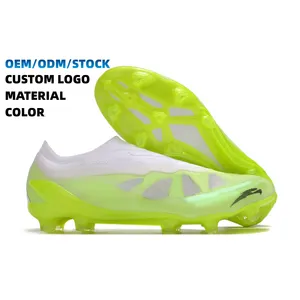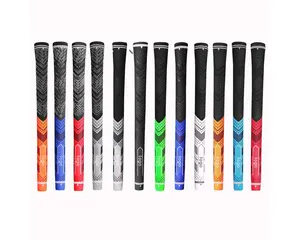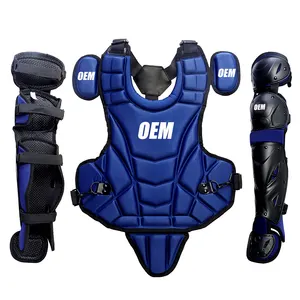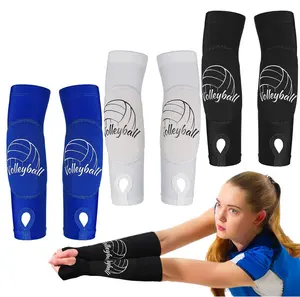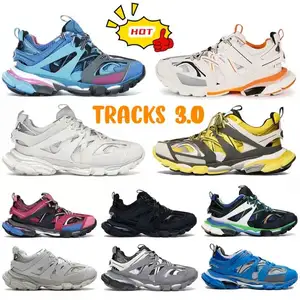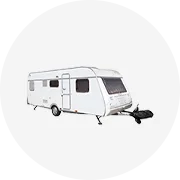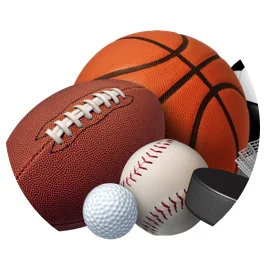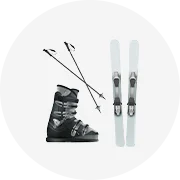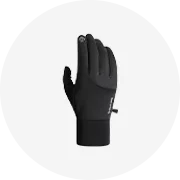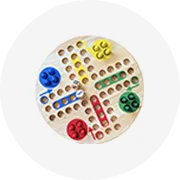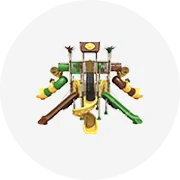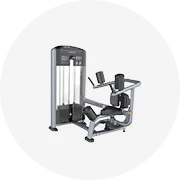





Bảng Mạch Điện Tử Segway Nhà Sản Xuất PCB Và PCBA Tùy Chỉnh Nhà Sản Xuất Với Tập Tin Gerber
1,90 US$ - 2,90 US$
Đơn hàng tối thiểu: 1 Cái







SS Chất Lượng Cao Omni Bánh Xe Robot Omni Directional Wheel 120 Kg 6 Inch
4.011,99 US$
Đơn hàng tối thiểu: 1 Bộ







Trung tâm và khóa hệ thống hồng ngoại điện từ phanh cân bằng bánh xe Hoverboard
406,00 US$ - 606,00 US$
Đơn hàng tối thiểu: 1 Bộ







Ysmle Cao Cấp Scooter Ván Trượt Và Skate Chuyên Nghiệp Chống Sốc LED Nhấp Nháy PU Bánh Xe
2,10 US$ - 2,50 US$
Đơn hàng tối thiểu: 1500 Cái
Vận chuyển mỗi chiếc: 0,38 US$







CHIC Smart Hoverboard Hai Bánh Xe Điện Cho Người Lớn Và Trẻ Em
75,00 US$ - 100,00 US$
Đơn hàng tối thiểu: 50 Cái






Gyroor Bền Thông Minh Hai Bánh Xe Hover Board Cân Bằng Hoverboard Với Hệ Thống Kép
65,00 US$ - 110,00 US$
Đơn hàng tối thiểu: 2 Cái






Điện Lớn Hoverboards Hai Bánh Xe 120W Mobility Ce Kick Electric Scooter Với Seat
51,00 US$ - 58,00 US$
Đơn hàng tối thiểu: 10 Bộ






Bán Chạy Nhất Electric Hoverboards Trung Quốc Tốt Nhất Hai Bánh Xe Điện Tự Cân Bằng Scooter Hot Sale Scooter 2 Bánh
Sẵn sàng vận chuyển
68,00 US$ - 75,00 US$
Đơn hàng tối thiểu: 1 Bộ
Vận chuyển mỗi chiếc: 78,80 US$






EU Kho Vận Chuyển Miễn Phí 36V 2.4ah Pin 500W Động Cơ 6.5Inch Hai Bánh Xe Cân Bằng Thông Minh Giá Rẻ Điện Scooter Hoverboards
Sẵn sàng vận chuyển
45,00 US$ - 115,95 US$
Đơn hàng tối thiểu: 1 Đơn vị
Vận chuyển mỗi chiếc: 10.000,00 US$






Hai Bánh Xe 6.5 inch 150W off road thông minh tự cân bằng đèn Led trẻ em người lớn Xe tay ga điện hoverboards Hover Board
Sẵn sàng vận chuyển
52,50 US$ - 55,50 US$
Đơn hàng tối thiểu: 1 Bộ
Vận chuyển mỗi chiếc: 38,75 US$






APP và điều khiển Từ Xa hai wheels electric tự cân bằng hoverboard
78,00 US$ - 82,00 US$
Đơn hàng tối thiểu: 100 Đơn vị
Các danh mục hàng đầu
Giới thiệu về hoverboard hai bánh xe
Tìm nhiều hoverboard hai bánh xe. trên Alibaba.com và chọn một chiếc được sản xuất tốt để cung cấp thêm tính di động cho những người không thể đi lại bình thường. Giữ một chiếc ở nhà cho người già hoặc thành viên bị thương trong gia đình hoặc tìm một mẫu có thể hoạt động trong bệnh viện. Sử dụng hoverboard hai bánh xe. như một giải pháp thay thế nhanh hơn và hiệu quả hơn cho một chiếc xe lăn thủ công truyền thống. Thiết kế dành cho giới tính cho phép mọi người trưởng thành sử dụng những phương tiện tiện dụng này.
Tất cả hoverboard hai bánh xe. được cấp nguồn bằng pin và có thể được sạc lại để tiếp tục sử dụng. Hầu hết đều tự hành và có thể tự di chuyển mà không cần người sử dụng nỗ lực nào ngoài việc chỉ đạo. Người lái có thể tận hưởng cảm giác thoải mái tối đa nhanh hơn xe lăn mà không cần đi quá nhanh. Một số thiết kế có thể gấp lại được, khiến việc đóng gói và cất giữ chúng trở nên đơn giản. Mỗi chiếc đều chắc chắn và có thể dễ dàng nâng đỡ trọng lượng của hầu hết mọi người.
Mua hoverboard hai bánh xe. tại Alibaba.com và nhận được nhiều tùy chọn để giúp tìm ra lựa chọn hoàn hảo. Chọn một màu lý tưởng để tạo cho chiếc xe một chút phong cách cá nhân. Duyệt qua một số lựa chọn công suất và chọn một công suất không mất nhiều thời gian để sạc lại hoặc không cần quá nhiều năng lượng. Các bộ phận chất lượng đảm bảo mỗi chiếc xe tay ga sẽ cung cấp tuổi thọ sử dụng tuyệt vời.
Với hoverboard hai bánh xe. từ Alibaba.com, việc tìm kiếm một phương thức du lịch giá rẻ cho người khuyết tật trở nên dễ dàng. Mua một cái để sử dụng cá nhân tại nhà hoặc để trợ giúp chuyên môn cho bệnh nhân. Hãy tận hưởng một mô hình có vẻ ngoài đẹp và sẽ cung cấp mức hiệu suất lý tưởng.
Tất cả hoverboard hai bánh xe. được cấp nguồn bằng pin và có thể được sạc lại để tiếp tục sử dụng. Hầu hết đều tự hành và có thể tự di chuyển mà không cần người sử dụng nỗ lực nào ngoài việc chỉ đạo. Người lái có thể tận hưởng cảm giác thoải mái tối đa nhanh hơn xe lăn mà không cần đi quá nhanh. Một số thiết kế có thể gấp lại được, khiến việc đóng gói và cất giữ chúng trở nên đơn giản. Mỗi chiếc đều chắc chắn và có thể dễ dàng nâng đỡ trọng lượng của hầu hết mọi người.
Mua hoverboard hai bánh xe. tại Alibaba.com và nhận được nhiều tùy chọn để giúp tìm ra lựa chọn hoàn hảo. Chọn một màu lý tưởng để tạo cho chiếc xe một chút phong cách cá nhân. Duyệt qua một số lựa chọn công suất và chọn một công suất không mất nhiều thời gian để sạc lại hoặc không cần quá nhiều năng lượng. Các bộ phận chất lượng đảm bảo mỗi chiếc xe tay ga sẽ cung cấp tuổi thọ sử dụng tuyệt vời.
Với hoverboard hai bánh xe. từ Alibaba.com, việc tìm kiếm một phương thức du lịch giá rẻ cho người khuyết tật trở nên dễ dàng. Mua một cái để sử dụng cá nhân tại nhà hoặc để trợ giúp chuyên môn cho bệnh nhân. Hãy tận hưởng một mô hình có vẻ ngoài đẹp và sẽ cung cấp mức hiệu suất lý tưởng.
